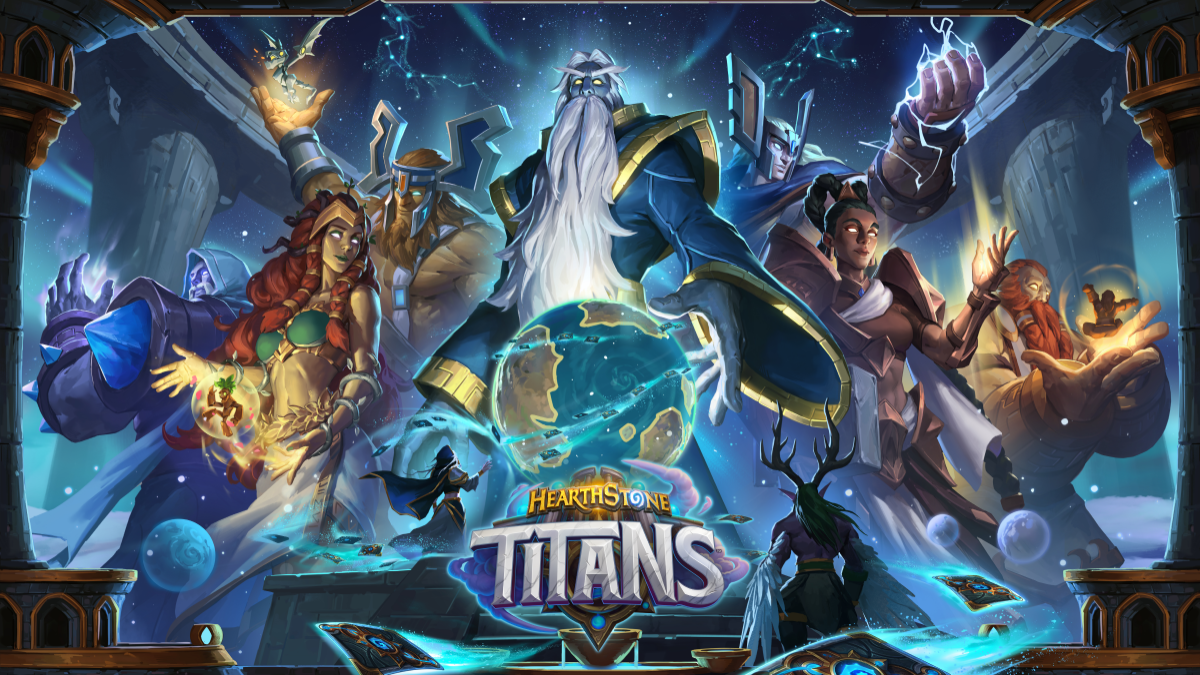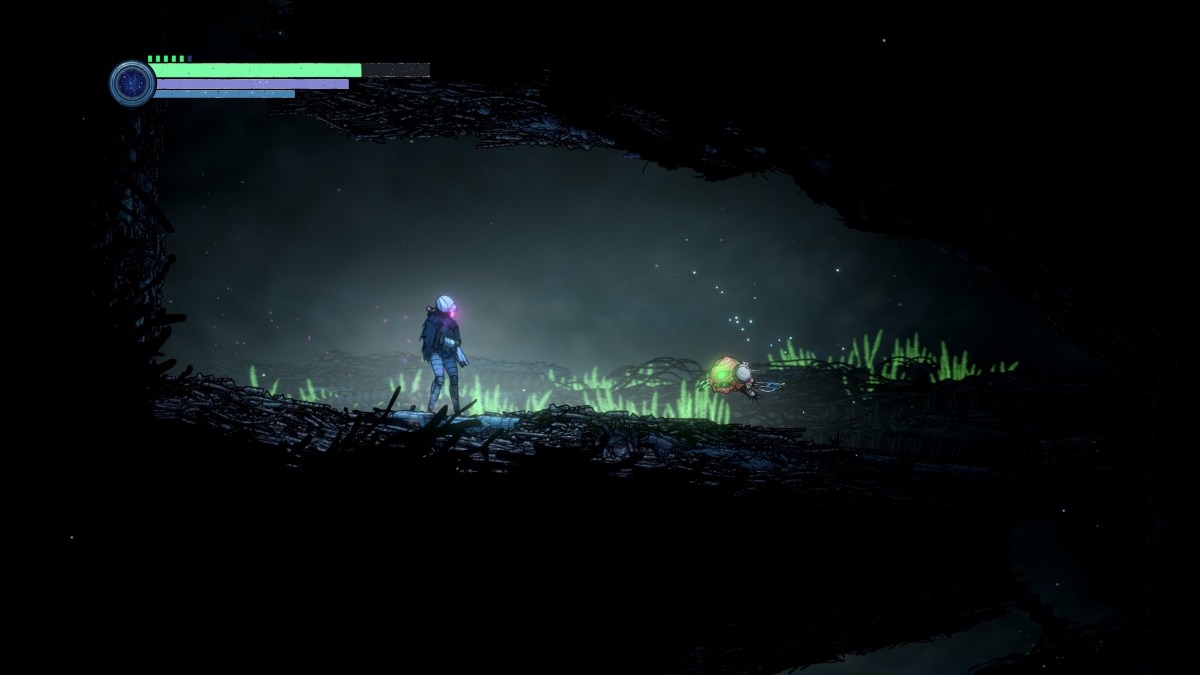If the IncGamers hands-on preview with Total War: Rome II still left you with questions, perhaps they’ll be answered here by Creative Assembly’s Jamie Ferguson and Al Bickham. David Reid chatted to the duo about gameplay, physics, AI, factions and even whether Total War will be playable in 20 years time via telekinesis.
Read on to learn about the mass of elephants, the benefits of flaming sheep and how the Iceni are all just a bunch of angry Essex boys.

We’ll show you angry, mate.
Gameplay
IncGamers: Do you have stats that scale dynamically in battle for units – for example if an elite Roman unit of troops were hit by a unit of chariots due to their ‘mass’ rating and subsequently knocked down, do the Roman still attack as if they were imbued with Mars himself?
Jamie Ferguson (Lead Battle Designer): Our stats do change as the battle goes on, your units will be affected for example by fatigue and also their morale stats will actually change when a unit fights in combat. Also whether you’re standing on top of a hill defending or whether you’re pushing up that hill is completely different in terms of combat. So you could be hit by a bunch of chariots, depends whether you’re organised, i.e. set for the charge or actually in the middle of running up hill or whatever, those kinds of things all affect combat.
IG: I’ve always faced my friends uphill during battles. During your E3 demo of the Battle of the Nile, the defenders had a lot of advantages over the attacker. What advantages would an attacker have if no reinforcements or missile/siege weapons are available for either side when attacking a defending army upon the hill?
JF: If you’ve developed the game obviously that helps (laughs). Also it’s picking your grounds and using what you have, we have a line of sight system so for example if the terrain is right you can actually sneak around behind the enemy without them realising that you’re there. So even if they’re in a well-entrenched position you can actually negate that by attacking through surprise. Again on the campaign map you can actually try to create an ambush, if you ambush the enemy then their options of manoeuvring and placing their units are severely limited, same applies to you if you get ambushed.
So tactics and strategy are all important in terms of being a successful commander, picking the troops at the right time. If you don’t have those things than you could find yourself in a losing situation. Obviously skill and strategy are human elements that the player himself inputs into the game so there’s no such thing as an automatic win, it’s up to the player how they do things and how they react.
We do have an AI control that allows the player to give over control of his forces, so if they feel they’re not particularly confident in a battlefield situation, they can still actually let the AI control and still enjoy the whole kind of spectacle, obviously the AI won’t be as competent as a very good player, but at the same time it will do a good job. The AI certainly has managed to catch me unawares on a number of occasions. Obviously I still win, as it’s one of those things where I know how it works but at the same time… (laughs) you know there’s not one way of doing things and necessarily the way to win.

Jumping across water to attack boats may or may not be an official Sun Tzu tactic.
IG: What effects can we expect in regards to terrain playing a part on the battlefield and campaign map? Could I use fire arrows and set a forest alight with enemy troops inside for example?
JF: As with all previous games, terrain affects fatigue and fatigue affects your unit’s speed and as a result of that it also has effects on morale. Again those are all the way through the game so that affects both the campaign map and the battlefield as well. So how far you move is entirely dependent on where you’re walking and what you’re walking on, so if its mountains the experience is different compared to walking on the fields.
IG: Is it possible to sack Rome and remove the Senate?
JF: Yes it is possible to sack Rome. If you’re an enemy fraction you automatically remove the senate (evil laughs) and if you’re a Roman fraction you can try and remove the senate but you may end up with a civil war on your hands.
IG: Will there be any units to directly control like in Fall of the Samurai or Empire Total War? What did you learn from such a feature from previous series?
JF: We do still have artillery pieces that you can control and also you can move down in the first person view of melee units and watch them get involved in combat and so on. There’s no reason we’d want to take that out, maybe in the future we might think of expanding on that.
IG: Could you tell us about the starting and ending dates for the campaign? Also is there an option to change the campaign game turns into more than just seasons like in Shogun 2?
JF: There is no ending date; it’s up to the player on how quickly they complete their game. Starting date is 272BC, the prologue itself take place just before that and is actually an introduction to the player of the situation that begins the Roman campaign. There isn’t an option for the player to change the campaign game turns; I’m sure though somebody’s capable of getting their hands in there and might be able to do something with a mod.
IG: Are there finishing moves for a unit that’s about break another or like what we saw in the pre-order Greek states trailer with the Spartan Warrior? Will this apply to missile weapons as well?
JF: Yeah you will see finishing moves. They are actually just a naturally moving element of combat and we got more animations than we’ve done in a previous Total War game, nearly double, and in terms of the depth and quality, the entire system is completely overhauled. It creates very spectacular views, so one of my favourites is an overhand kind of downward swing with sword into the clavicle… (laughs). You get to see stuff like the Roman guys out there today, doing testudo and so on, all in the game.

Well, close enough.
AI
IG: Can you give me some in-depth examples on the improved AI since the previous series?
Al Bickham (Studio Communications Manager): One feature in Rome 2 for AI in the campaign game is the faction AI now reasons a lot more deeply about what everybody else is doing. So it builds an ‘I like you for these reasons and I hate you for these reasons…’ list as it always has done, but it looks deeper and looks at more cultures; specifically, the cultures that you’re friendly with in a broader way. So you can see that when you open up the diplomacy panel and we have a sort of attitude meter and it lists the reasons why it likes you, so your actions as a player faction influence how that culture feels about you. If you have rampaged through the lands of Sparta and Macedonia the faction you’re in diplomacy with right now is going to have a reaction to that. So they might really like that because they’re friends of yours or enemies of those guys.
And they look beyond the immediacy and more factions down the chain. For example, I’m playing as the Brits (Iceni) and I’m at war, say, with Rome itself and I’ve come down the map. Rome is going to look at who my friends are and how they feel about me as well as my direct actions or non-actions against Rome. So it’s a lot more subtle and you’ll find there’s interesting power blocks growing as a result of that.
IG: In Shogun 2 you had Sun Tzu strategies implemented. Could you give some faction-specific AI examples using strategy from Roman times? E.g. would the AI know that my Spartan army uses pikes almost exclusively so they would play coy and try to get my unit’s rear flank exposed whist trying to make me keep moving?
AB: So the battle AI is more based around unit types, not necessarily that it’s a Greek army, it will go those are spearmen and I’m going to react to them like this…, it will look to cover its flanks and do that stuff a player would do. But one of the things is that we’ve had to work quite hard on the siege AI because we’ve got decisions that are completely different now.
So in Shogun 2 they were kind of a series of steps and buildings, whereas cities in Rome 2 are like this…i.e. there are side streets and avenues and things like that and in the bigger cities we’ll have several capture points so we’ve had to sort of train the AI to understand the use of capture points and the ways to split its forces to make that successful.
Imagine if you were the player, what would you do in that situation if that pillar there (points to one of HBO Rome’s TV sets pillars) and the other there is a capture point? So, I’m going to put all my guys at one point and make that undeniable. How many am I going to send over there, what are the variables between the two points, (e.g. enemy units) and are they in line of sight? Line of sight is a new feature so if there’s a unit of archers round a corner I wouldn’t know about it until I saw them, so the AI has to react to that as well. We’ve had to do quite a lot of new work, which is good.






Published: Aug 2, 2013 03:56 pm